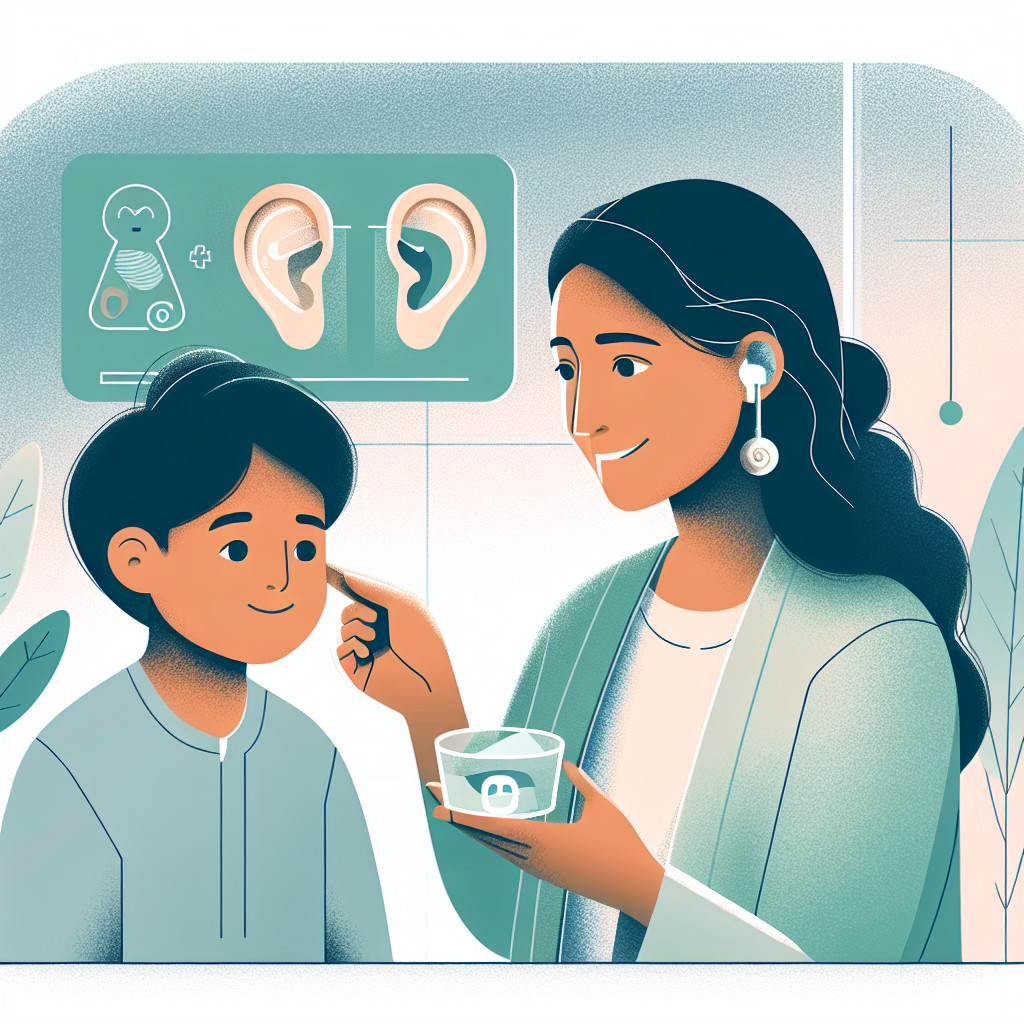Choosing Between Adenoidectomy and Ear Tube Placement

Overview
When it comes to children’s ear health, two common surgical options often come to mind: adenoidectomy and ear tube placement. Understanding these procedures can help parents make informed choices. Adenoidectomy involves removing the adenoids, small glands located in the back of the throat. These glands can become enlarged and contribute to breathing difficulties or frequent ear infections. Ear tube placement, on the other hand, involves inserting tiny tubes into the eardrum to help drain fluid and prevent infections. Both options aim to improve ear health, but they work in different ways.
One of the main benefits of an adenoidectomy is that it can reduce the frequency of ear infections, especially in children who suffer from recurrent issues. By removing the adenoids, which can trap bacteria and lead to infections, many kids experience fewer health problems. However, it’s important to note that not all children will see the same results. Some may still have ear infections even after the surgery. Ear tube placement is often recommended for children who have fluid buildup in the ears and recurring infections. The tubes help balance pressure and allow fluid to drain, making it easier for children to hear and reducing the risk of future infections.
Parents often have concerns when considering these procedures. One common question is about the safety of surgery. Both adenoidectomy and ear tube placement are generally safe, but, like any surgery, they come with some risks. For adenoidectomy, complications can include bleeding or infection, while ear tube placement may lead to the tubes falling out or causing ear drum perforations. It’s essential to have a thorough discussion with a healthcare provider to understand all potential risks and benefits.
Recovery from either procedure tends to be pretty straightforward. After an adenoidectomy, children may experience some soreness in their throat and a stuffy nose, but these symptoms usually improve within a week. Most kids can return to their usual activities fairly quickly. With ear tube placement, recovery is often even quicker. Many children feel better within a day or two, and they can usually return to school shortly after. However, parents should monitor their child for any unusual symptoms, like persistent pain or fever, and reach out to a healthcare professional if they arise.
Day-to-day considerations are also important. After an adenoidectomy, kids might need to avoid strenuous activities for a short time to let their bodies heal. It’s also a good idea to keep an eye on their diet, as they may prefer softer foods during recovery. For children with ear tubes, parents should be mindful of water exposure. While kids can usually swim, it might be best to use earplugs during bath time or swimming to prevent water from entering the ear canal.
Cost and access can also play a role in the decision-making process. The expenses for both procedures can vary based on factors like insurance coverage and the healthcare provider. Generally, adenoidectomies may be more expensive due to the nature of the surgery, while ear tube placement can be less costly. Many insurance plans cover these procedures, especially if they are deemed medically necessary. Parents should check with their insurance provider to understand coverage and any out-of-pocket costs.
Parents often wonder how to know if their child needs one of these procedures. Signs might include frequent ear infections, persistent fluid in the ears, or difficulty breathing through the nose. If a child is experiencing these issues, it’s a good idea to consult with a healthcare provider who can evaluate the situation and discuss the best options. Another common question is how long the benefits of these surgeries last. While many children experience long-term relief from ear infections or related issues, some may still require additional treatments later on.
In summary, choosing between an adenoidectomy and ear tube placement is a decision that many parents face. Both procedures have their own benefits and considerations. It’s crucial to weigh the options and discuss them with a healthcare professional who can provide guidance tailored to your child’s specific needs. With the right information and support, parents can make informed choices that help improve their child’s ear health and overall well-being. Remember, every child is different, and what works for one may not work for another, so keeping an open line of communication with a clinician is essential.